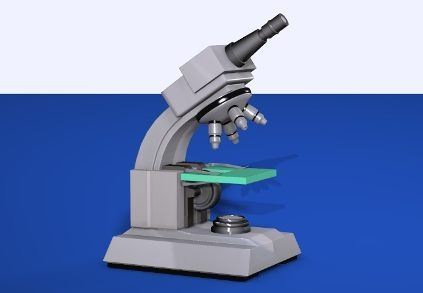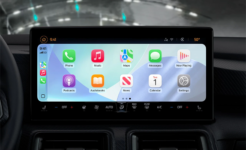
Microelectronics
Microelectronics is a sub-discipline of electronics. Electronics is the science behind the control of the flow of electrons. Microelectronics refers to the microfabrication, or electronic design, on an infinitely small scale. The scale is so small that meeting the specifications and requirements that must be met is comparable to looking for a needle in all of the United States. The micrometer scale, or smaller, is often used.
Note that one micrometer equals one thousandth of a millimeter, and one nanometer equals one thousandth of a micrometer. While doing research on any topic, it is often helpful to turn to peer-reviewed, academic articles published in reputable journals. This is no different with microelectronics, with the Microelectronics Journal being an important resource offering quality information on microelectronic design and manufacture. The journal covers circuits and systems.
Microelectronics often interact with other fields, such as nanotechnology and photonics. Nanotechnology concentrates on manipulating matter on atomic, molecular, and supramolecular levels. Photonics is the study of photons, or particles of light. In fact, studies focusing on microelectronics, photonics, and nanotechnology (MPN) are an important area of research for electrical and computer engineering university departments, such as those at Duke University.
Nanoelectronics is defined as the use of nanotechnology in electronic components. Once again, operating on the inter-atomic levels, the scale of nanoelectronics is infinitely small. The scope of nanoelectronics is such that it would be impossible to mention all it encompasses in such a short entry. Among other uses, nanotechnology is also used in medicine, as is biomedical engineering. Advanced molecular electronics also have some overlap with technological progresses.
Further, the words nanoelectronics and microelectronics are at times used interchangeably. These fields are sometimes called semiconductors. When looking at consumer electronics, advances in nanoelectronics means more memory and power for iPads, iPods and iPhones, but that’s only part of the bigger picture. Processors can now hold billions of transistors. Thanks to advances in the field, many international giant corporations are raising their profits every year. Clearly, microelectronics and nanoelectronics fields are fascinating.
See also:
- Best place to sell your used electronic device online. Free shipping. Top cash guaranteed.






Facebook
Twitter
RSS